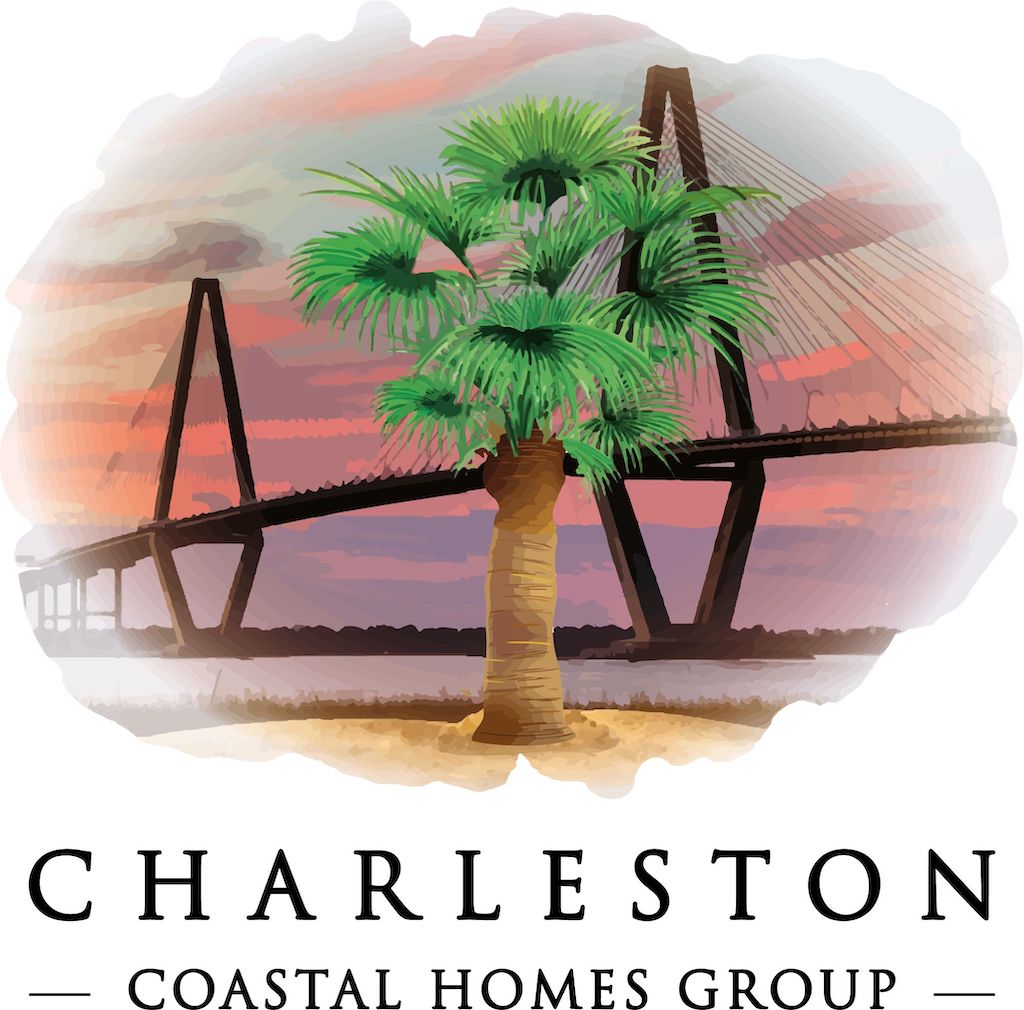Folly Beach
The Folly Beach story is one of pirates, shipwrecks and soldiers. It’s also the story of hardship and hurricanes and a coastline beach community. The name Folly comes from the coastline which is densely packed with trees and undergrowth. The Old English name for that kind of area is Folly. The 1st document of history that we have shows a land grant to William Rivers from King William III in 1696. Mr. Rivers eventually sold it to owners that did not live on the island. We do know that the Bohicket Indian tribe lived there until the great number of Europeans forced them to move elsewhere.
During the Civil War, Folly was occupied by Federal troops beginning in 1863. The Federal army used Folly Island as its main strategic base for the battle to take Fort Sumter. After the Civil War, Folly Beach Island was virtually abandoned. Folly became a melting pot for regular folks and temporary camps became permanent camps, became cottages.
From the 1940s onward, the building work steadily proceeded, reaching a peak in the 1960s with the construction of the Ocean Plaza with its amusement rides, boardwalk, shops and pier. The Folly Pier was a musical hub for the greater community with all the big bands playing. People from all over the country developed a love for the community that is, more than most, a people’s beach.
One of the most famous people to visit Folly Beach Island during these years was the composer and pianist, George Gershwin. It was while staying here that he composed the classic opera Porgy and Bess.
Houses here range in style from a 100 square foot 1960’s bungalow to a $1,000,000 plus property overlooking the lighthouse.
Folly Beach is also known as the end of the world and hosts an annual Flip Flop Drop, and Big Kahuna Fish Tournament. Its laid-back atmosphere may call you to make it Home.
Thank you to Folly Beach, A Brief History, by Gretchen Stringer Robinson for much of this information.



